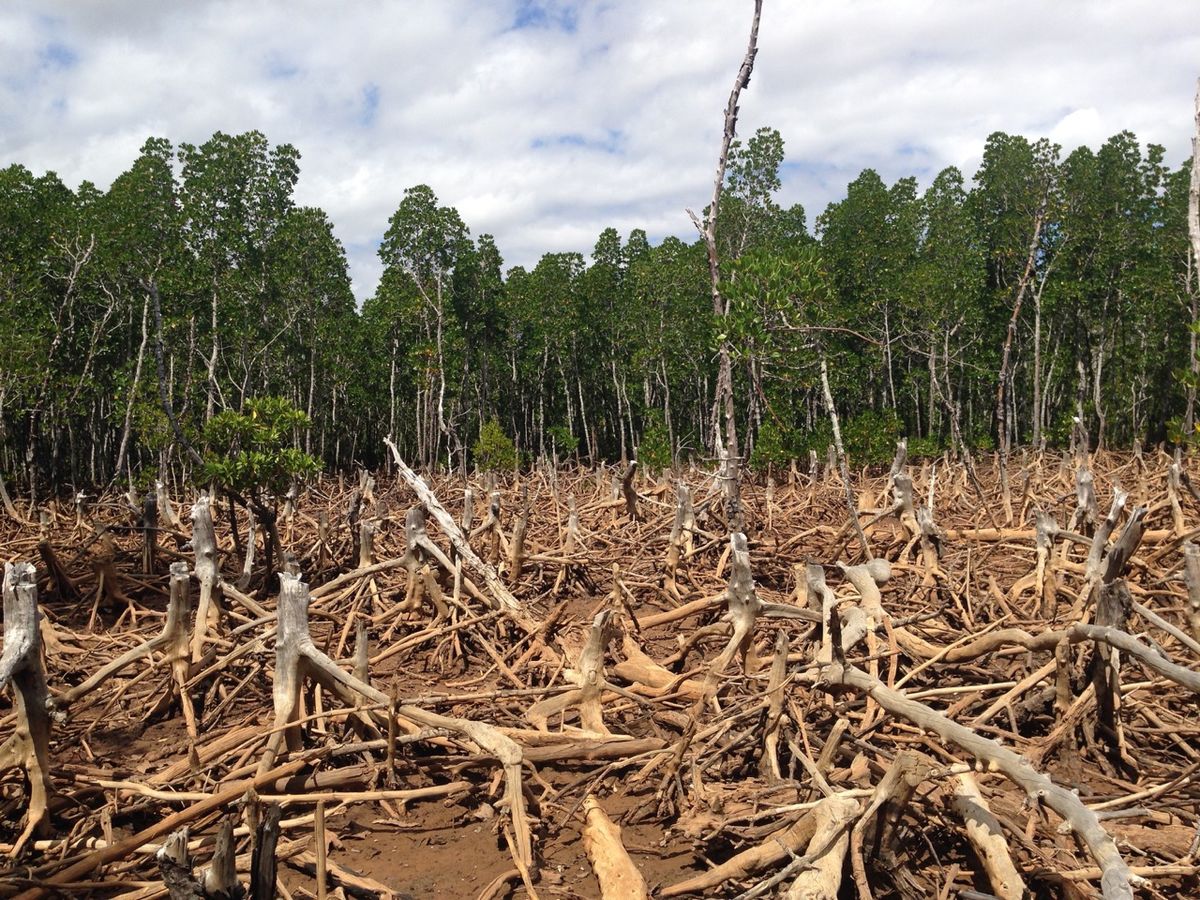
Sci and Tech writer Ashley Baker discusses the various plans set out at COP26 to tackle deforestation
World leaders from more than 140 countries have signed an agreement to bring an end to global deforestation by the beginning of the next decade. The deal was reached at the start of the COP26 climate change conference in Glasgow, chaired by the UK Government on behalf of the United Nations. Officially titled as the COP26 Glasgow Leaders Declaration on Forests and Land Use, the agreement was announced by Prime Minister Boris Johnson on the second day of the summit. This strategy to halt and reverse the impact of deforestation was the first major commitment to be outlined at the conference.
The agreement highlighted the essential role that the planet’s forests play in mitigating climate change, conserving biodiversity and supporting indigenous communities. The declaration included funding to the sum of more than $19 billion (£14 billion) to tackle deforestation, with money coming from various governments, businesses and philanthropists.
Funding… of more than $19 billion (£14 billion) to tackle deforestation
Following the signing of the deal, UN Secretary-General António Guterres took to Twitter to encourage world leaders to deliver on their pledge: ‘Signing the Declaration is the easy part. It is essential that it is implemented now for people and the planet’.
Among the key signatories of the deal was Brazil – the country contains around 60% of the Amazon rainforest within its borders. The rainforest plays an important role in absorbing carbon dioxide from the atmosphere. Brazilian President Jair Bolsonaro has been widely criticised for failing to crack down on illegal logging in the Amazon, with the rate of deforestation having increased since his presidential term began. Despite not attending COP26 in person, President Bolsonaro’s decision to back the agreement is a step towards saving the Amazon.
President Bolsonaro’s decision to back the agreement is a step towards saving the Amazon
Ten countries also made a separate pledge to protect forests in the Congo Basin. Located in Central Africa, the basin is named after the River Congo and includes some of the world’s largest tropical rainforests. The Congo Basin pact included $1.5 billion (£1.1 billion) of funding and was supported by the European Union and the Bezos Earth Fund – a scheme established by Amazon founder and CEO Jeff Bezos to tackle climate-related issues.
In another deal, 28 countries set out plans to reduce the impact that global trade has on deforestation. The Forest, Agriculture and Commodity Trade Roadmap for Action includes plans to make cocoa beans, palm oil and other agricultural commodities more sustainable. Indonesia, the world’s largest exporter of palm oil, was one of the countries backing the roadmap.
28 countries set out plans to reduce the impact that global trade has on deforestation
Similar pledges to tackle deforestation have been made by leaders in the past, though they have been largely unsuccessful. The New York Declaration on Forests was agreed at the UN climate summit in 2014, hosted by the United States. The declaration, which was not sanctioned by law, had aimed to halve the rate of deforestation by 2020 and bring it to an end by 2030. A plan was drawn-up in 2017 to increase the size of the world’s forest coverage by 3% before 2030 – or planting trees over an area of 1.2 million square kilometres, about the same size as South Africa.
Deforestation is estimated to contribute around 15% of the world’s total greenhouse gas emissions. Putting an end to deforestation is one of the many actions considered to be essential for slowing climate change, along with phasing out fossil fuels and switching to renewable energy sources. As set out by the Paris Climate Agreement in 2015, the UN aims to keep the rise in average global temperatures well below 2 degrees Celsius – ideally below 1.5 degrees Celsius – compared with pre-industrial levels, in order to avoid a climate catastrophe.
Want more from Sci and Tech? Check out the articles below!
Comments